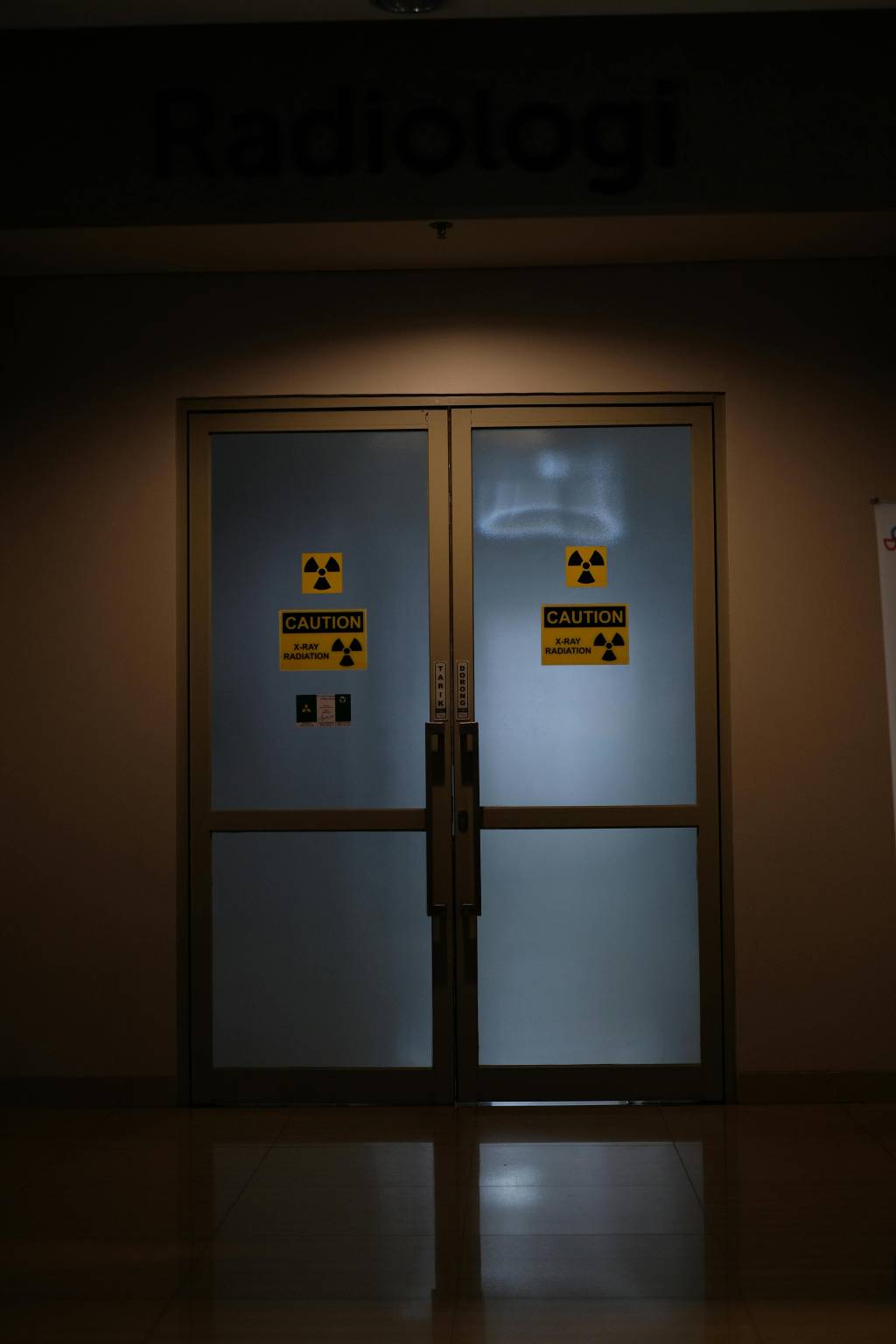
Essential responsibilities of the radiation protection advisor (RPA)
The Role of the Radiation Protection Advisor (RPA)
In environments where ionizing radiation is present—whether in medical, industrial or research settings—the role of the Radiation Protection Advisor (RPA) is crucial. Appointed to secure the safety of workers, the public, and the environment, the RPA ensures that radiation protection measures are not only legally compliant but also scientifically robust and operationally effective. Through the application of the ALARA principle (As Low As Reasonably Achievable), the RPA embodies a preventive approach, aiming to minimize radiation exposure by anticipating potential hazards before they occur.
At the heart of organizations like Lemer Pax, the RPA acts as both a safeguard of public health and an agent of innovation, intimately involved in the assessment, design, implementation, and continuous improvement of radiation protection strategies.
Core Responsibilities of the RPA
The responsibilities of the Radiation Protection Advisor span a wide spectrum of activities, all centered on ensuring comprehensive radiological safety. These responsibilities include but are not limited to:
- Verification and control of radiation-emitting equipment: The RPA is entrusted with validating the safety and compliance of all radiological equipment. This involves conducting periodic checks, maintenance inspections, and performance testing to ensure devices function within acceptable radiation thresholds.
- Classification of Workers: Depending on their exposure risk level, workers are classified into relevant categories. The RPA ensures that this classification is accurately performed to assign proper protective measures such as personal dosimeters or restricted access.
- Area Delimitation and Zoning: To control exposure risk, the RPA defines and assesses zones within establishments where radiation levels are above natural background radiation. These include controlled and supervised areas, requiring signage, entry procedures, and protective infrastructure.
- Development of Emergency Protocols: In the event of radiological emergencies, quick and structured responses are essential. The RPA develops response strategies, conducts drills, and ensures that first response teams are adequately trained to handle incidents.
By envisioning all possible exposure scenarios, the RPA establishes a robust network of protective measures reinforced by periodic reviews and audits. Their work always aligns with current national and international safety standards including the Labour Code, the Public Health Code, and the recommendations of the ASN (Autorité de Sûreté Nucléaire).
Risk Assessment: A Holistic Approach
Radiation safety is not just a question of equipment or infrastructure—it requires a thorough assessment of all environmental and human factors. The RPA’s job includes evaluating the magnitude and character of radiation sources (such as sealed or unsealed sources, X-ray generators, or nuclear substances), and understanding the context of their application.
This comprehensive risk assessment also involves:
- Measuring dose rates and predicting potential exposure pathways
- Analyzing work procedures and exposure durations to optimize protective timelines
- Recommending shielding solutions and engineering controls specific to the risk context
- Monitoring radioactive discharges into the environment to control contamination risks
An integral part of the RPA's responsibilities lies in coordinating preventive strategies that integrate administrative, technical, and behavioral measures. These strategies safeguard not only occupationally-exposed individuals but also non-exposed personnel and members of the public.
Training, Awareness & Communication
One of the often-overlooked yet vital responsibilities of the RPA is fostering a culture of radiation safety. This is accomplished through education and awareness, ensuring that all personnel working around ionizing radiation understand the risks and are equipped to act accordingly.
As part of their ongoing mission, RPAs:
- Organize mandatory radiation safety training for new and existing employees
- Develop practical guidance materials and safety datasheets
- Conduct briefings on site-specific hazards and control measures
- Ensure that radiation protection signage and protocols are clearly understandable and accessible
Maintaining open communication channels is crucial. The RPA often works in tandem with operational managers, medical physicists, health and safety officers, and regulatory authorities to coordinate safety initiatives and regulatory compliance efforts.
Radiation protection advisor: A Pillar of Innovation at Lemer Pax
At Lemer Pax, innovation and radiation safety go hand in hand. The role of the RPA extends beyond standard advisory duties and is woven directly into the fabric of research and development. They provide essential insights during the design and improvement of radiological safety equipment, working closely with engineers and product specialists to anticipate protective needs from the conceptual stage.
Collaboration is at the core of this process. Lemer Pax’s RPA liaises with counterparts in nuclear medicine and other ionizing environments to collect on-the-ground data about specific dangers faced by healthcare professionals and industry workers. This feedback loop fuels the design of personalized and optimized solutions, ultimately contributing to the development of sophisticated, user-friendly equipment that meets both operational requirements and legal obligations.
Innovation in Action: Novashield® Glass
A prime example of the RPA’s involvement in pioneering safety advancements is the development of Novashield® Glass. This revolutionary product was conceptualized and fine-tuned under the guidance of radiation experts, including the in-house RPA at Lemer Pax. Novashield® Glass is a transparent, organic, and lead-free material designed to offer effective protection against neutrons, gamma rays, and X-rays.
Unlike conventional shielding materials, Novashield® Glass is composed of highly hydrogenated polymer matrices enriched with radioprotective nanoparticles. The result is a lightweight, durable, and ecological material that does not sacrifice safety for sustainability. With over 16 years of dedicated research behind it, Novashield® Glass exemplifies how innovation can respond to practical demands across radiological domains in both public and private sectors.
Its adoption spans a wide array of industries—ranging from nuclear medicine and diagnostic imaging centers to defense, aerospace, and high-tech manufacturing environments—setting a new standard in employee radiation protection.
The Strategic Importance of the RPA in the Modern Workplace
As a company’s internal expert on all radiation-related matters, the RPA is inherently strategic. Their presence ensures that radiation protection is not an afterthought, but a foundational element of workplace planning and decision-making.
From evaluating new project proposals to supporting industrial site audits or rolling out safety upgrades, their contribution touches every layer of an organization’s operational hierarchy. Moreover, given the rapid advancement in radiological technologies, the RPA must remain abreast of new legislative developments, material innovations, and best practices to provide timely and relevant guidance.
The role is equally forward-looking: RPAs at Lemer Pax and similar institutions are active participants in steering manufacturers toward sustainable, lead-free, and high-efficiency shielding materials. Their insights help shape product portfolios that address both the radiation risks of today and those yet to emerge.
RPA: More Than a Safety Figure—A Driver of Change
Through their intricate understanding of radiation laws, biological effects, material science, and human safety, Radiation Protection Advisors inspire technological and procedural optimization across the board. Their work is indispensable, not just for securing compliance with legal frameworks, but for shaping workplaces that prioritize health and operate at the cutting edge of radiological innovation.
In effective organizations like Lemer Pax, the RPA represents the bridge between risk and resilience, helping industries meet the growing radioprotection challenges of an increasingly nuclear-enabled future. Their work paves the way for safer diagnostics, greener shielding technologies, and ultimately, a more sustainable relationship with the invisible forces that power our world.






